Blog
Donald Christopher Barber OBE (17 April 1930 – 2 March 2021) was an English jazz musician, best known as a bandleader and trombonist. He helped many musicians with their careers and had a UK top twenty trad jazz hit with “Petite Fleur” in 1959. These musicians included the bluessinger Ottilie Patterson, who was at one time his wife, and Lonnie Donegan, whose appearances with Barber triggered the skiffle craze of the mid-1950s and who had his first transatlantic hit, “Rock Island Line“, while with Barber’s band. He provided an audience for Donegan and, later, Alexis Korner, and sponsored African-American blues musicians to visit Britain, making Barber a significant figure in launching the British rhythm and blues and “beat boom” of the 1960s.
more...Johnny St. Cyr (April 17, 1890 – June 17, 1966) was an American jazz banjoist and guitarist. For banjo his by far most used type in records at least was the six string one. On a famous “action photo” with Jelly Roll Morton’s Red Hot Peppers he is holding a four string banjo, a Paramount Style A. There is, however, no verified information if he ever used such an instrument on records.
St. Cyr was born in New Orleans, Louisiana and raised Catholic. He played for several leading New Orleans bands before moving to Chicago in 1923. He is best remembered as a member of Louis Armstrong’s Hot Five and Hot Seven bands. He also played with Jelly Roll Morton‘s Red Hot Peppers. He composed the standard “Oriental Strut”, known for its adventurous chord sequence.
During the 1950s, he performed and led a group named Johnny St. Cyr and His Hot Five and recorded with Paul Barbarin and George Lewis. From 1961 until his death in 1966, at the age of 76, St. Cyr was the bandleader of the Young Men from New Orleans, who performed at Disneyland. He died in Los Angeles, California, and is buried in Evergreen Cemetery, in Los Angeles.
more...Laurence Paul “Larry” Kegan
BIRTHSaint Paul, Ramsey County, Minnesota, USA
DEATH11 Sep 2001 (aged 59) Ham Lake, Anoka County, Minnesota, USA
At the age of sixteen Larry was in a diving accident in Florida. He was confined to a wheel chair as a result of that accident. Larry Kegan was Bob Dylan’s boyhood friend and it was a friendship that lasted until Larry’s Death. Larry performed on stage with Bob on several occasions. Larry also performed with Neil Young, and many, I mean many top head liners. Larry performed at the Bridge School Benefit in California for many years. He was a testament that a person was “beyond the chair” Larry was leader of the group Mer Mortals. His voice was unique and right before his death he was working on tunes in Nashville with Dennis Morgan. Larry wrote fabulous music that is waiting for release. Bob dedicated his album “Street legal” to Larry. Larry was featured on a Guggenheim, award winning film “When Billy Broke his head.” Larry Kegan had written a book called “Some get the chair” before his death and it’s release date is in the near future. Larry ran a resort in Mexico, that the movie “Born on the forth of July” was based on. He served as a consultant on the film.
In the final days of Larry’s life he was forced to move very far away from the city. He was unable to get quality help. This contributed to his death.
Larry had many fan’s across the country. He traveled the world and nothing held him back he was above the chair. He was an example to all on how to live how to love and how to be cool.
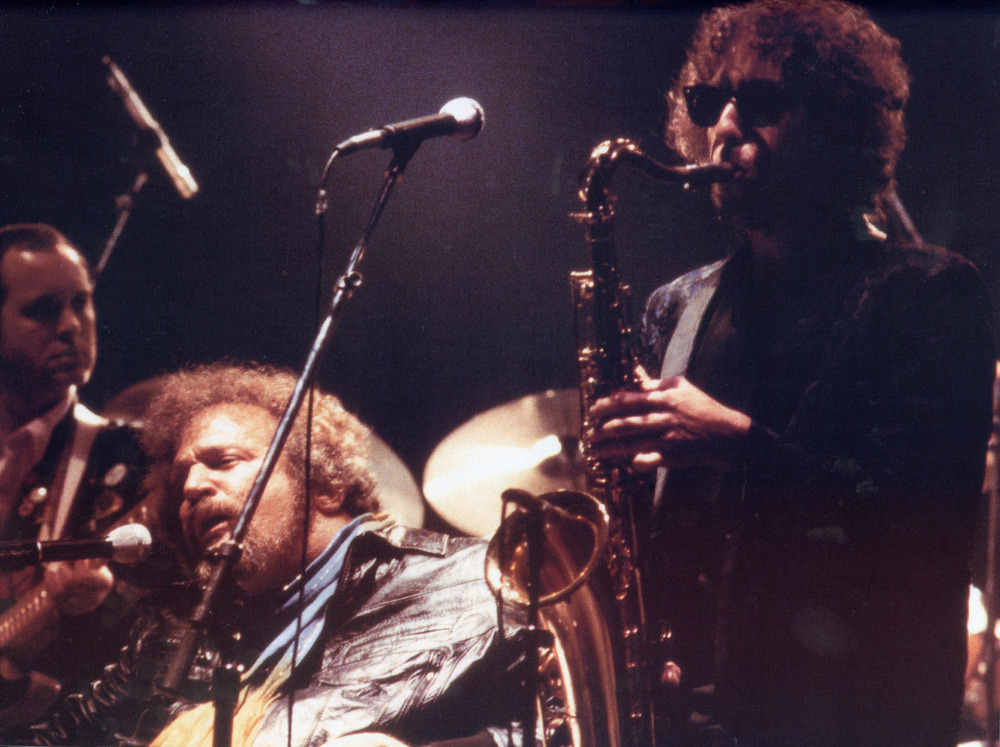
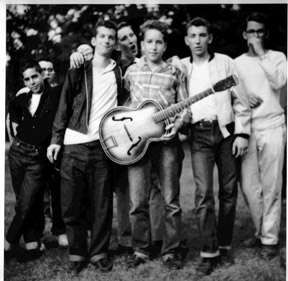
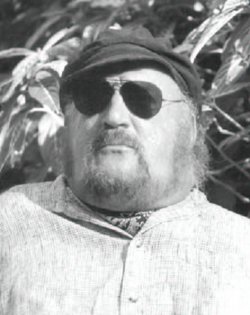
The explosion is over, but the consequences continue. About eleven thousand years ago, a star in the constellation of Vela could be seen to explode, creating a strange point of light briefly visible to humans living near the beginning of recorded history. The outer layers of the star crashed into the interstellar medium, driving a shock wave that is still visible today. The featured image captures some of that filamentary and gigantic shock in visible light. As gas flies away from the detonated star, it decays and reacts with the interstellar medium, producing light in many different colors and energy bands. Remaining at the center of the Vela Supernova Remnant is a pulsar, a star as dense as nuclear matter that spins around more than ten times in a single second.
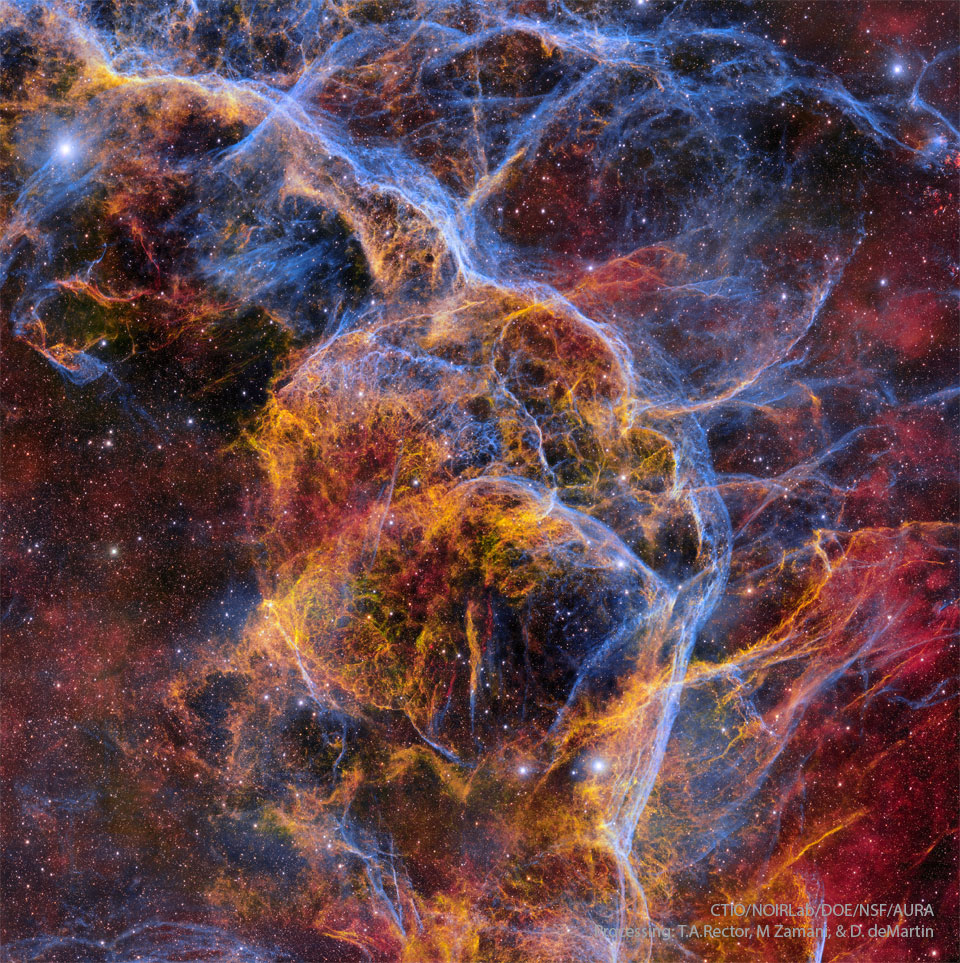
Mary Isobel Catherine Bernadette O’Brien OBE (16 April 1939 – 2 March 1999), better known by her stage name Dusty Springfield, was an English singer. With her distinctive mezzo-soprano sound, she was a popular singer of blue-eyed soul, pop and dramatic ballads, with French chanson, country, and jazz in her repertoire. During her 1960s peak, she ranked among the most successful British female performers on both sides of the Atlantic. Her image – marked by a peroxide blonde bouffant/beehive hairstyle, heavy makeup (thick black eyeliner and eye shadow) and evening gowns, as well as stylised, gestural performances – made her an icon of the Swinging Sixties.
Born in West Hampstead in London into a family that enjoyed music, Springfield learned to sing at home. In 1958, she joined her first professional group, the Lana Sisters. Two years later, with her brother Dion O’Brien (“Tom Springfield“) and Tim Feild, Springfield formed the folk-pop vocal trio the Springfields. Two of their five 1961–63 top 40 UK hits – “Island of Dreams” and “Say I Won’t Be There” – reached No. 5 on the charts, both in the spring of 1963. In 1962, they also hit big in the United States with their cover of “Silver Threads and Golden Needles“.
Dusty Springfield’s solo career began in late 1963 with the upbeat pop record “I Only Want to Be with You” — a UK No. 4 hit, and the first of her six transatlantic top 40 hits in the 1960s, along with “Stay Awhile” (1964), “All I See Is You” (1966), “I’ll Try Anything” (1967) and the two releases now considered her signature songs: “You Don’t Have to Say You Love Me” (1966 UK No. 1/US No. 4) and “Son of a Preacher Man” (1968/69 UK No. 9/US No. 10). The latter features on the 1968 pop and soul album Dusty in Memphis, one of Springfield’s defining works. In March 2020, the US Library of Congress added it to the National Recording Registry, which preserves audio recordings considered to be “culturally, historically or aesthetically significant”.
Between 1964 and 1969, Springfield hit big in her native Britain with several singles which in America either failed to chart or were not released, among them “I Just Don’t Know What to Do with Myself” (the biggest of her many Bacharach/David covers), “In the Middle of Nowhere”, “Some of Your Lovin'”, “Goin’ Back” and “I Close My Eyes and Count to Ten“. Conversely, she charted in the US (but not in the UK) with hits including “Wishin’ and Hopin’“, “The Look of Love” and “The Windmills of Your Mind“.
From 1971 to 1986, Springfield failed to register a hit from five album releases (aside from a minor 1979 UK chart appearance), but her 1987 collaboration with UK synth-pop duo Pet Shop Boys, “What Have I Done to Deserve This?“, took her back to the top of the charts, reaching No. 2 on both the UK Singles Chart and Billboard Hot 100. The collaboration also yielded two 1989 UK top 20 hits: “Nothing Has Been Proved” and “In Private“. In 1990, Springfield charted with “Reputation” – the last of her 25 UK top 40 hits.
A fixture on British television, Springfield presented many episodes of the hip 1963–66 British TV music series Ready Steady Go! and, between 1966 and ’69, hosted her own series on the BBC and ITV. In 1966, Springfield topped the popularity polls, including Melody Maker‘s Best International Vocalist,[4]and was the first UK singer to top the New Musical Express readers’ poll for Female Singer. She is a member of the National Rhythm & Blues Hall of Fame the Rock and Roll Hall of Fame and the UK Music Hall of Fame. International polls have lauded Springfield as one of the finest female popular singers of all time.
more...John Wesley Funchess (April 16, 1931 – February 1, 1994) known professionally as John (or Johnny) Littlejohn, was an American electric blues slide guitarist. He was active on the Chicago blues circuit from the 1950s to the 1980s.
Born in Lake, Mississippi, Littlejohn first learned to play the blues from Henry Martin, a friend of his father’s. In 1946 he left home and traveled widely, spending time in Jackson, Mississippi; Arkansas; Rochester, New York; and Gary, Indiana. He settled in Gary in 1951, playing whenever possible in the nearby Chicago area. Through his connections in Gary, he was acquainted with Joe Jackson, the patriarch of the musical Jackson family, and Littlejohn and his band reputedly served as an occasional rehearsal band for the Jackson 5 in the mid- to late 1960s.
Littlejohn played regularly in Chicago clubs (he was filmed by drummer Sam Lay playing with Howlin’ Wolf‘s band about 1961) but did not make any studio recordings until 1966, when he cut singles for several record labels. Later that year he recorded an album for Arhoolie Records and four songs for Chess Records. The Chess tracks were not issued at the time.
He recorded a few singles for small local labels but did not record another album until 1985, when Rooster Blues issued So-Called Friends. Soon after, he fell into ill health. He died of renal failure in Chicago, on February 1, 1994, at the age of 62.
more...Herbert Jay Solomon (April 16, 1930 – July 1, 2003), known by his stage name Herbie Mann, was an American jazz flute player and important early practitioner of world music. Early in his career, he also played tenor saxophone and clarinet (including bass clarinet), but Mann was among the first jazz musicians to specialize on the flute. His most popular single was “Hi-Jack“, which was a Billboard No. 1 dance hit for three weeks in 1975.
Mann emphasized the groove approach in his music. Mann felt that from his repertoire, the “epitome of a groove record” was Memphis Underground or Push Push, because the “rhythm section locked all in one perception.”
Herbie Mann was born in Brooklyn, New York, New York, to Jewish parents Harry C. Solomon (May 30, 1902 – May 31, 1980), who was of Russian descent, and Ruth Rose Solomon (née Brecher) (July 4, 1905 – November 11, 2004), of Romanian descent who was born in Bukovina, Austria-Hungary but immigrated to the United States with her family at the age of 6. Both of his parents were dancers and singers, as well as dance instructors later in life.
more...Teaching a Rhythm Roots Workshop Residency @ Ecumen North Branch Senior Living twice a week Mondays & Thursdays 1-230pm starting Monday April 15th 2024 thru May 13th. Celebrating world cultures through drumming and chanting.
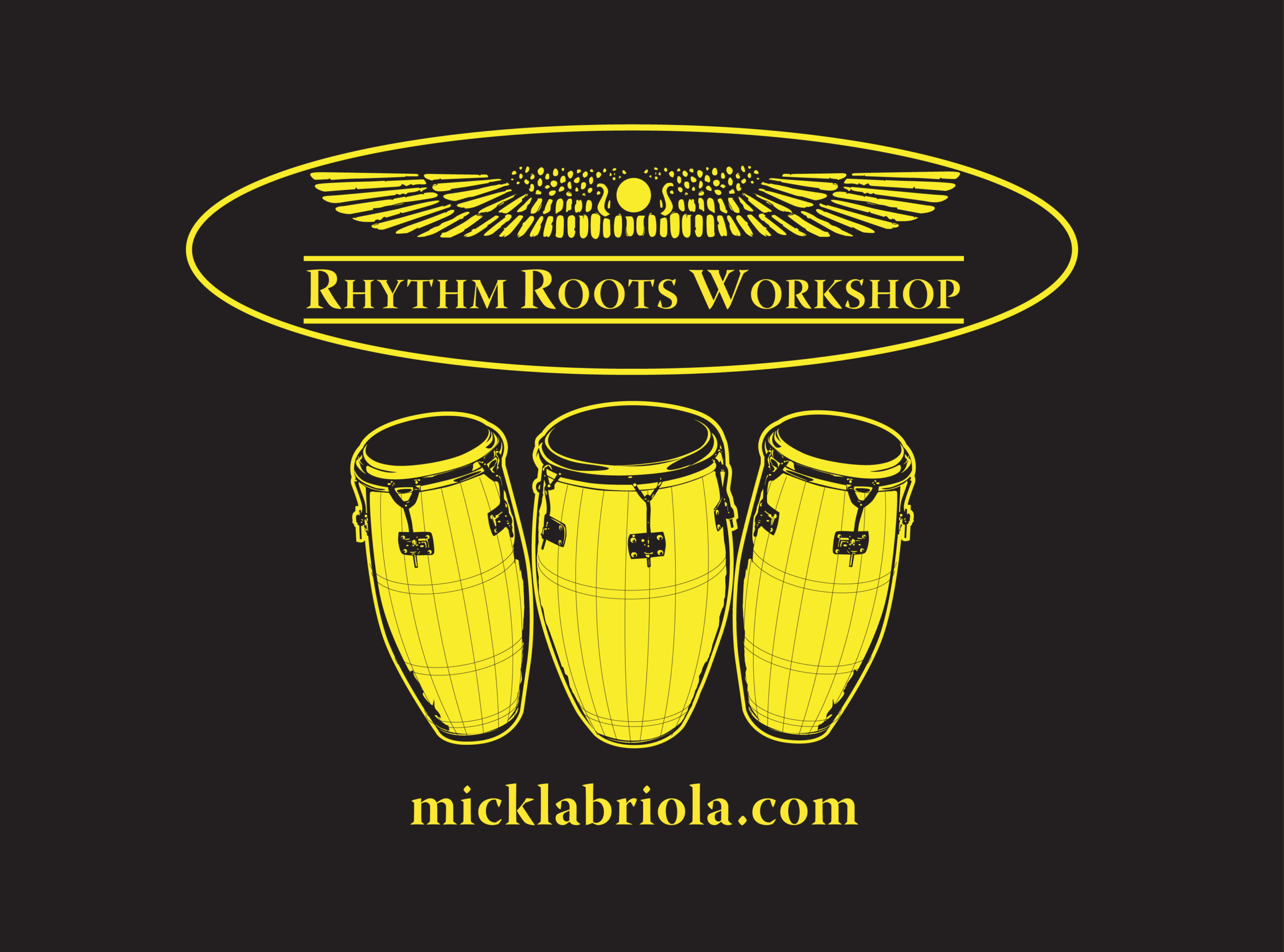
This image features NGC 3783, a bright barred spiral galaxy about 130 million light-years from Earth, that also lends its name to the eponymous NGC 3783 galaxy group. Like galaxy clusters, galaxy groups are aggregates of gravitationally bound galaxies. Galaxy groups, however, are less massive and contain fewer members than galaxy clusters do: where galaxy clusters can contain hundreds or even thousands of constituent galaxies, galaxy groups do not typically include more than 50. The Milky Way is actually part of a galaxy group, known as the Local Group, which contains two other large galaxies (Andromeda and the Triangulum galaxy), as well as several dozen satellite and dwarf galaxies. The NGC 3783 galaxy group, meanwhile, contains 47 galaxies. It also seems to be at a fairly early stage of its evolution, making it an interesting object of study.
Whilst the focus of this image is the spiral galaxy NGC 3783, the eye is equally drawn to the very bright object in the lower right part of this image. This is the star HD 101274. The perspective in this image makes the star and the galaxy look like close companions, but this is an illusion. HD 101274 lies only about 1530 light-years from Earth, meaning it is about 85 thousand times closer than NGC 3783. This explains how a single star can appear to outshine an entire galaxy!
NGC 3783 is a type-1 Seyfert galaxy, which is a galaxy with a bright central region — so it’s particularly bright itself, as far as galaxies go. In this image it is recorded by Hubble in incredible detail, from its glowing central bar to its narrow, winding arms and the dust threaded through them, thanks to five separate images taken in different wavelengths of light. In fact, the galactic centre is bright enough to Hubble that it exhibits diffraction spikes, normally only seen on stars such as HD 101274.

Michael Arnold Kamen (April 15, 1948 – November 18, 2003) was an American composer(especially of film scores), orchestral arranger, orchestral conductor, songwriter, record producer and musician.
Michael Arnold Kamen was born in New York City, the second of four sons. His father, Saul Kamen, was a dentist, and his mother, Helen, was a teacher. He was of Jewish heritage.
While attending the High School of Music & Art in New York City, Kamen became friends with Martin Fulterman (later known as Mark Snow), who composed the theme music for The X-Files, among other projects. While studying the oboe, Kamen formed a rock–classical fusion band called New York Rock & Roll Ensemble, together with classmates Fulterman and Dorian Rudnytsky, along with Clifton Nivison and Brian Corrigan of Toms River, New Jersey. The group released five albums from 1968 to 1972 (Self-Titled, Reflections, Faithful Friends, Roll Over & Freedomburger). The group performed in white tie (not tuxedos), as typically worn by classical musicians. In the middle of the concert, Fulterman and Kamen would play an oboe duet. The group backed up friend and classmate Janis Ian in a concert at Alice Tully Hall in late 1967.
more...Warren Hill (born April 15, 1966) is a smooth jazz alto saxophonist from Toronto, Canada.
Hill was discovered in 1988 while performing at his graduation from Berklee College of Music in Boston. Record producer Russ Titelman, who was in the audience, invited him to record on an album by Chaka Khan. After moving to Los Angeles, he signed with RCA in 1989 and recorded his debut album, Kiss Under the Moon. He supported Natalie Cole on tour for her album Unforgettable and had a hit in 1993 with the song “The Passion Theme” from the movie Body of Evidence.
In the smooth jazz format his number one hits include “Our First Dance”, “Do You Feel What I’m Feeling”, “Mambo 2000”, “Tamara”, “Still in Love”, La Dolce Vita”, “Promises”, “Take Out Dreams”, “Tears in Heaven”, “Another Goodbye”, “Tell Me All Your Secrets”, “You Are the One”, and “Turn Out the Lights”. Warren and his wife Tamara VanCleef-Hill wrote and produced the song “Shelter from the Storm”. He was featured on the song “Tell Me What You Dream” by Restless Heart and “Baby I Love Your Way” by Big Mountain. He appeared on the television show Top of the Pops on the BBC in England. Hill founded a smooth jazz cruise in 2004. He is also the host and owner of the Cancun Jazz Festival, has established his brand of instruments, and co-founded the label, Songbird Records.
His album Devotion came out in 1993 and Truth a year later. By 1997, he had switched to Discovery, which released Shelter (1997) and Life Thru Rose Colored Glasses (1998). Love Life(2000) was released by Narada, followed by Love Songs and A Warren Hill Christmas in 2002 and PopJazz in 2005. In 2008, he signed with Koch, which issued La Dolce Vita in June that year.
more...Richard Davis (April 15, 1930 – September 6, 2023) was an American jazz bassist. Among his best-known contributions to the albums of others are Eric Dolphy‘s Out to Lunch!, Andrew Hill‘s Point of Departure, and Van Morrison‘s Astral Weeks, of which critic Greil Marcus wrote (in The Rolling Stone Illustrated History of Rock and Roll), “Richard Davis provided the greatest bass ever heard on a rock album.”
Born on April 15, 1930 in Chicago, Illinois, Davis began his musical career with his brothers, singing bass in his family’s vocal trio. He studied double bass in high school with his music theory teacher and band director, Walter Dyett. He was a member of Chicago Youth Symphony Orchestras (then known as the Youth Orchestra of Greater Chicago) and played in the orchestra’s first performance at Chicago’s Orchestra Hall on November 14, 1947. After high school, he studied double bass with Rudolf Fahsbender of the Chicago Symphony Orchestra while attending VanderCook College of Music.
more...Annapurna Devi (17 April 1927 – 13 October 2018) was an Indian surbahar player of Hindustani classical music. She was given the name ‘Annapurna’ by Maharaja Brijnath Singh of the former Maihar Estate (M.P.), and it was by this name that she was popularly known. She was the daughter and disciple of Allauddin Khan, and the sister of Ustad Ali Akbar Khan. Pandit Ravi Shankar was her first husband, with whom she had a son, Shubhendra Shankar, who was an artist and a sitaritst.
She was an extremely private person and was never interested in being a professional musician like the rest of her family. However, she was active throughout her life as a teacher to many other prominent musicians like Nikhil Banerjee, Hariprasad Chaurasia, and Nityanand Haldipur. She was the only known female maestro of the Surbahar in the 20th century.
more...More Posts
- Residencies, Workshops and Drum-O-Rama events available
- Positive Vibrations: Strictly One Drop Roots Reggae
- MOJO ROOTS now available for bookings in the Twin Cities
- Lorenzo Michelutti “Simplicity is the ultimate sophistication”
- Pwajdeur Swanstrom “Dedication, many efforts, taking the music seriously and having a good time!
- Bruce Jackson “In music, the more you know, the less you know—the deeper it gets.”
- David Cunningham “When I am done learning I will be dead”!
- Korey Hicks “I want to make other people happy when I play music”
- Larry Greenstein “I do music not to just make a living, but to enjoy living as much as possible.”
- Apply for a Grant to Bring mick laBriola to Your School
- Anthony Rocco Sclavi “Process is vital”
- MAQAM performing for the Rosemary and Meredith Wilson Harmony for Mayo Program at Mayo Clinic
- Kenneth W Garnier “Music comes from the universe and you are frequency”
- Kelly Larson “Mother by day and Musician by night”
- Michael Mothershed “Do it for the Love, and not the money, and you’ll have a career!”
- Kenna-Camara Cottman “When you are Black and creating a work, Blackness is in it!”
- Julie Kastigar Boada “Art is a powerful tool for people to tell stories that are on the fringe.”
- Phil Belknap “Ya Gotta do the Music ‘cus ya Love It!”
- “Little Diamonds” Luke Leblanc does the chic a boom, chic a boom
- Jim Zieba “Sitting back and enjoying the music”
